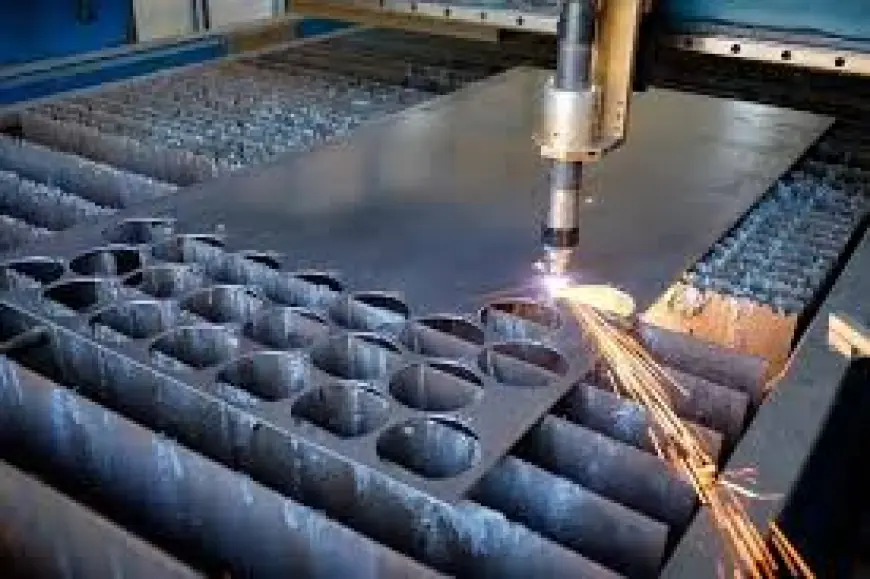Introduction to Sheet Cutting
Introduction to Sheet Cutting

Sheet cutting is a manufacturing process used to cut thin sheets of metal, plastic, or other materials into desired shapes and sizes. This process is widely used in industries like construction, automotive, aerospace, and electronics to create precise components for various applications.
In this article, we will explore what sheet cutting is, the different methods used, its advantages, and its applications.
What is Sheet Cutting?
Sheet cutting is the process of slicing or shaping sheets of material using different cutting techniques. The choice of cutting method depends on the material, thickness, and required precision.
Types of Sheet Cutting Methods
There are several ways to cut sheet materials, each with its advantages. The most common methods include:
1. Laser Cutting
-
Uses a high-powered laser beam to cut through metal, plastic, and other materials.
-
Provides high precision and clean edges.
-
Commonly used for intricate designs in manufacturing.
2. Waterjet Cutting
-
Uses high-pressure water, sometimes mixed with abrasives, to cut through hard materials.
-
A cold-cutting process that prevents heat damage.
-
Ideal for cutting metals, glass, and stone.
3. Plasma Cutting
-
Uses a high-temperature plasma arc to cut through conductive metals like steel and aluminum.
-
Faster than other cutting methods but may cause heat distortion.
-
Used in heavy industries such as shipbuilding and automotive manufacturing.
4. Shearing
-
Uses sharp blades to cut metal sheets with a straight, clean cut.
-
Best for simple cuts with minimal material waste.
-
Commonly used for preparing sheets before further processing.
5. Punching
-
Uses a punch and die to create holes or shapes in a sheet.
-
Fast and efficient for mass production.
-
Often used in the automotive and electronics industries.
Advantages of Sheet Cutting
Sheet cutting offers several benefits, such as:
✔ High Precision – Modern cutting methods allow for accurate and intricate designs.
✔ Versatility – Works with various materials, including metals, plastics, and composites.
✔ Cost-Effective – Efficient processes reduce material waste and save costs.
✔ Customization – Can be used to create customized shapes and patterns.
✔ Scalability – Suitable for both small projects and large-scale industrial production.
Materials Used in Sheet Cutting
Different sheet materials require different cutting techniques. Some commonly used materials include:
-
Metals – Steel, aluminum, copper, and brass.
-
Plastics – Acrylic, PVC, and polycarbonate.
-
Glass – Tempered and laminated glass.
-
Wood & Composites – Plywood, MDF, and carbon fiber sheets.
Applications of Sheet Cutting
Sheet cutting is used in a variety of industries, including:
-
Automotive – Cutting car body panels and structural components.
-
Aerospace – Creating lightweight aircraft components.
-
Construction – Cutting metal sheets for roofing, cladding, and structural frames.
-
Electronics – Producing enclosures, circuit boards, and heat sinks.
-
Furniture & Decoration – Creating metal and plastic designs for furniture and home décor.
Conclusion
Sheet cutting is an essential process in manufacturing, offering precise and efficient ways to shape various materials. With modern cutting technologies, industries can produce high-quality parts with accuracy and minimal waste.












